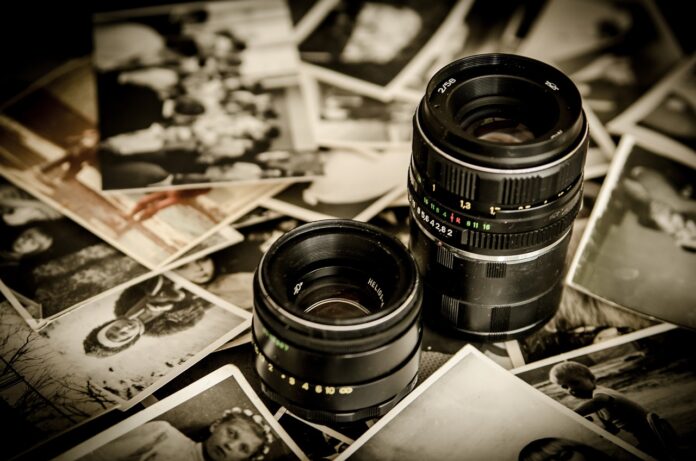The world of photography is mysterious, somewhat mystical, and often difficult for the general public to understand when they see finished photos at exhibitions, in print, or on the Internet. Capturing a person’s character and soul in a portrait, feeling the sea breeze in a landscape, or discerning shades of emotion in a silent group scene with characters—these are the talents of the select few.
What did the photographer intend? What prompted them to grab their camera and forever capture a specific moment? This may remain a mystery. Successful shots and their authors, renowned for their skills worldwide, are rare. These incredible works are instantly recognizable, associated with events, remembered, discussed, shared, and admired.
Many interesting facts are connected with this art form, worthy of attention and deeper exploration. The knowledge gained will certainly enrich those closely associated with this field, as well as photography newcomers. Here are some surprising things you may not have known:
- The first “raw material” for photographic paper was asphalt varnish, which was applied to copper and glass plates where images would later appear.
- The famous camera obscura, the ancestor of modern cameras, is still used today in the manufacturing of integrated circuits and even continues to work as a film camera.
- The Lumière brothers (1904) pioneered true color photography without using watercolors, though colored images became commonplace much later.
- The “parents” of the first selfie (without realizing its future popularity) were chemist and metallurgist Robert Cornelius and chemist Paul Beck Goddard. They turned the camera on themselves and sat for 10-15 minutes to create the image.
- Artificial lighting was first used for photography in 1879, initiated by Levitsky for portraiture, though it required the subject’s patience for about 15 seconds.
- Early photographic film was cumbersome and heavy. The first cassette, holding 12 pages of special light-sensitive paper for 12 shots, weighed 6.8 kg, making it a heavy burden for professionals.
- The first to use photography for science in Russia was physicist Y.F. Fritzsche, using Talbot’s methods to photograph leaves.
- Aerial photography was pioneered by a French inventor in 1858, who photographed Paris from a bird’s-eye view, though his exact name remains unknown.
- The Russian public first saw a color photograph in the journal Notes of the Russian Technical Society, depicting Leo Tolstoy in nature.
- Color retouching of black-and-white photographs was invented in 1840 and used for the next 64 years.
- The birth of modern photography, including the ability to print images, is dated to 1839.
- The daguerreotype process by Talbot inspired Russian scientist Grekov, who invented a camera in 1840.
- The first digital camera, primitive by today’s standards, appeared in 1973, producing an image of only 100×100 pixels.
- Several companies, including Mavica, Sony, Kodak, Polaroid, and Minolta, have all competed to claim the title of creating the first digital camera, each advancing the technology significantly.
- The term “megapixel” was officially introduced to the public in 1984.
- Nowadays, only 20% of photos are printed, with most images remaining in digital form, especially for the media.
- The oldest camera ever sold fetched around $800,000 at an Austrian auction.
- One of the most unusual photography-related legal disputes involved photographer David Slater and PETA, where a photo taken by a monkey during a photoshoot in Indonesia sparked a debate over whether the animal should receive the royalties.
- The first photograph of a person was taken by Louis Daguerre in 1828, as he accidentally captured someone polishing their shoes while photographing Paris.
- The first clear photo of Earth from space was taken by the Apollo-17 astronauts in 1972, and remains one of the most popular images of the planet.
- Indian photojournalist Dilish Parekh from Mumbai holds the world record for owning the largest camera collection, with 4,425 cameras.
- Early photographers using flash photography had to understand chemistry, as the explosive combination of potassium chloride and aluminum was unpredictable.
- The first person to photograph their pet was Harry Pointer in 1870, sparking today’s trend of pet photography.
- The somber expressions in old photographs are explained by the lengthy exposure times required—people had to sit still for hours.
- The most widely viewed photo in history is Charles O’Rear’s 1986 shot titled Bliss, used as the default wallpaper for Windows XP.
- The term “photography” was coined by Sir John Herschel in 1839, derived from the Greek words “photos” (light) and “graphé” (drawing).
The collection of interesting facts about photography and photographers is constantly growing, and who knows—perhaps the next entries will come from the person reading this now.
